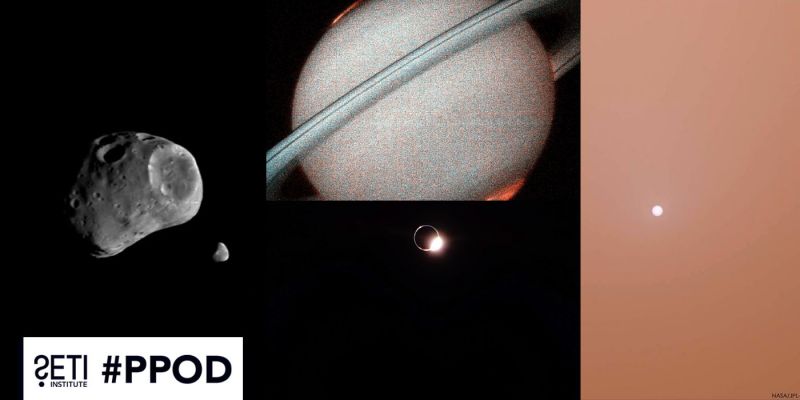
Peter Jenniskens and Jack Baggaley announced today in CBET telegram 4617 that Ian Crumpton and Peter Aldous of CAMS NewZealand detected a brief outburst of 5 meteors from comet C/1907 G1 (Grigg-Mellish) on March 31 in the nine minutes between 17:36 and 17:45 UTC (see the CAMS radiant map for March 31). According to Jenniskens, this is the first instrumental evidence that this comet is a meteor shower parent, after visual observers long reported an annual shower named the delta Pavonids (IAU 120, DPA) radiating from the theoretical radiant of this comet. The poorly observed comet could be of long period type (orbital period > 200 years), in which case the outburst is dust ejected in the previous return and future outbursts can now be predicted. If the comet is of Halley-type (orbital period 112-200 years), then the outburst could be from a number of different returns and the activity could signal the return of the comet.





